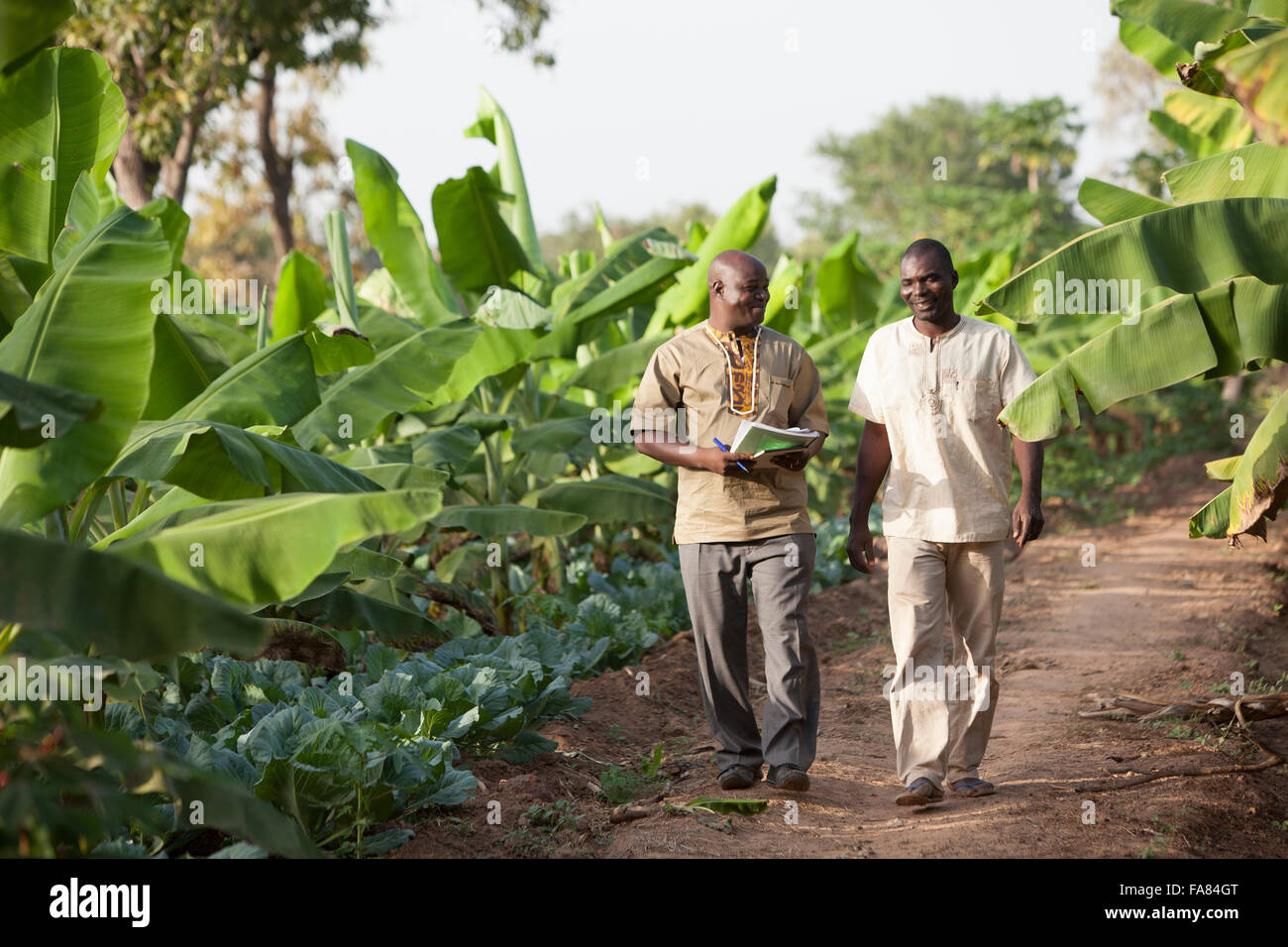Understanding the Effect of Commercial Farming vs Subsistence Farming on Local Economies
Exploring the Differences Between Commercial Farming and Subsistence Farming Practices
The dichotomy in between industrial and subsistence farming methods is marked by varying goals, functional ranges, and resource application, each with extensive implications for both the atmosphere and culture. On the other hand, subsistence farming stresses self-sufficiency, leveraging conventional techniques to sustain household requirements while supporting neighborhood bonds and cultural heritage.
Economic Goals
Economic purposes in farming practices frequently dictate the techniques and scale of procedures. In business farming, the key economic purpose is to make the most of earnings.
In contrast, subsistence farming is primarily oriented in the direction of meeting the prompt needs of the farmer's family members, with excess production being minimal - commercial farming vs subsistence farming. While business farming is profit-driven, subsistence farming is focused around sustainability and strength, reflecting a fundamentally different collection of economic imperatives.

Scale of Workflow
When taking into consideration the scale of operations,The distinction between business and subsistence farming becomes especially obvious. Business farming is identified by its large nature, often incorporating considerable tracts of land and utilizing sophisticated equipment. These operations are generally integrated right into global supply chains, creating vast quantities of plants or animals intended for sale in international and domestic markets. The scale of business farming enables economies of range, causing minimized prices each with automation, boosted effectiveness, and the capability to buy technical advancements.
In raw comparison, subsistence farming is generally small, concentrating on producing just sufficient food to satisfy the immediate demands of the farmer's family members or regional community. The land area associated with subsistence farming is frequently restricted, with less access to contemporary technology or automation. This smaller sized scale of operations mirrors a dependence on traditional farming techniques, such as hand-operated labor and simple tools, causing lower efficiency. Subsistence ranches focus on sustainability and self-sufficiency over revenue, with any type of excess commonly traded or traded within neighborhood markets.
Source Application
Industrial farming, defined by large procedures, frequently uses sophisticated innovations and automation to enhance the usage of resources such as land, water, and plant foods. Accuracy agriculture is progressively embraced in industrial farming, making use of information analytics and satellite modern technology to keep track of plant health and wellness and optimize source application, further boosting Visit Your URL yield and resource performance.
In comparison, subsistence farming runs on a much smaller sized range, mainly to meet the prompt requirements of the farmer's house. Resource use in subsistence farming is typically restricted by economic restrictions and a reliance on typical techniques.
Ecological Impact

On the other hand, subsistence farming, exercised on a smaller sized scale, normally employs conventional techniques that are more in harmony with the surrounding atmosphere. Plant turning, intercropping, and organic fertilization prevail, advertising soil health and wellness and reducing the need for artificial inputs. While subsistence farming commonly has a reduced next environmental impact, it is not without challenges. Over-cultivation and poor land monitoring can cause soil disintegration and logging in many cases.
Social and Cultural Implications
Farming methods are deeply linked with the cultural and social material of neighborhoods, influencing and mirroring their worths, traditions, and economic structures. In subsistence farming, the focus gets on growing sufficient food to fulfill the instant needs of the farmer's family, often fostering a solid feeling of area and shared duty. Such techniques are deeply rooted in local traditions, with expertise gave with generations, thus preserving social heritage and strengthening common connections.
On the other hand, business farming is mainly driven by market demands and profitability, usually resulting in a change towards monocultures and massive procedures. This technique can bring about the erosion of typical farming practices and social identities, as local customs and understanding are supplanted by standard, industrial methods. Additionally, the focus on efficiency and profit can in some cases reduce the social communication discovered in subsistence communities, as economic purchases change community-based exchanges.
The duality between these farming methods highlights the wider social ramifications of agricultural choices. While subsistence farming supports cultural connection and area interdependence, commercial farming straightens with globalization and sites economic growth, frequently at the price of typical social frameworks and multiculturalism. commercial farming vs subsistence farming. Stabilizing these elements stays an essential difficulty for lasting farming growth
Verdict
The evaluation of industrial and subsistence farming techniques discloses considerable distinctions in goals, range, source use, ecological impact, and social implications. Alternatively, subsistence farming stresses self-sufficiency, making use of conventional techniques and local resources, therefore advertising cultural preservation and community communication.
The duality between commercial and subsistence farming techniques is noted by differing goals, operational scales, and resource use, each with profound ramifications for both the environment and culture. While industrial farming is profit-driven, subsistence farming is centered around sustainability and strength, showing a basically different set of economic imperatives.
The difference between industrial and subsistence farming becomes specifically apparent when taking into consideration the scale of procedures. While subsistence farming supports cultural continuity and area interdependence, commercial farming aligns with globalization and financial growth, often at the expense of typical social frameworks and social diversity.The evaluation of business and subsistence farming methods exposes significant differences in goals, scale, resource use, environmental effect, and social implications.